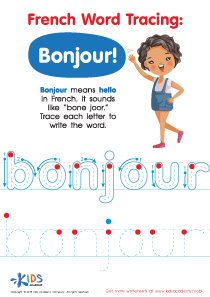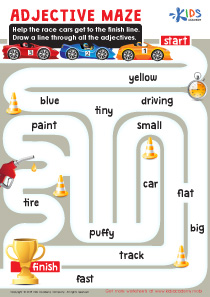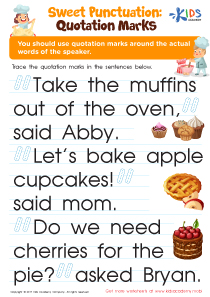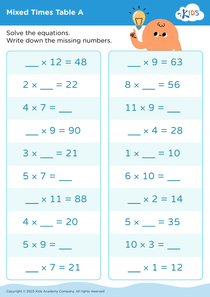Understanding plurals Extra Challenge Writing Worksheets for Ages 4-6
3 filtered results
-
From - To
Introducing the "Understanding Plurals Extra Challenge Writing Worksheets" for ages 4-6! These engaging and educational worksheets are designed to enhance your child's grasp of plurals by providing fun, hands-on learning activities. Each worksheet offers unique challenges to practice turning singular nouns into their plural forms, helping young learners develop essential grammar and writing skills. Perfect for both classroom use and at-home learning, these worksheets not only reinforce basic language concepts but also boost confidence and academic performance. Start your child on the path to mastering plurals with our expertly crafted worksheets today!
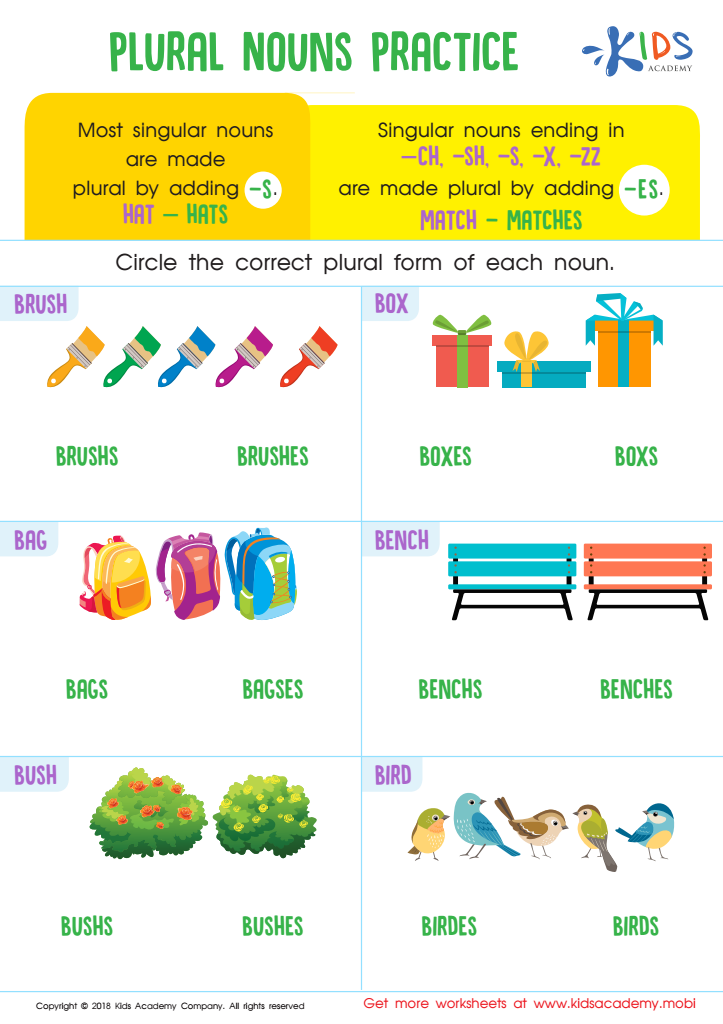

Plural Nouns Practice Worksheet
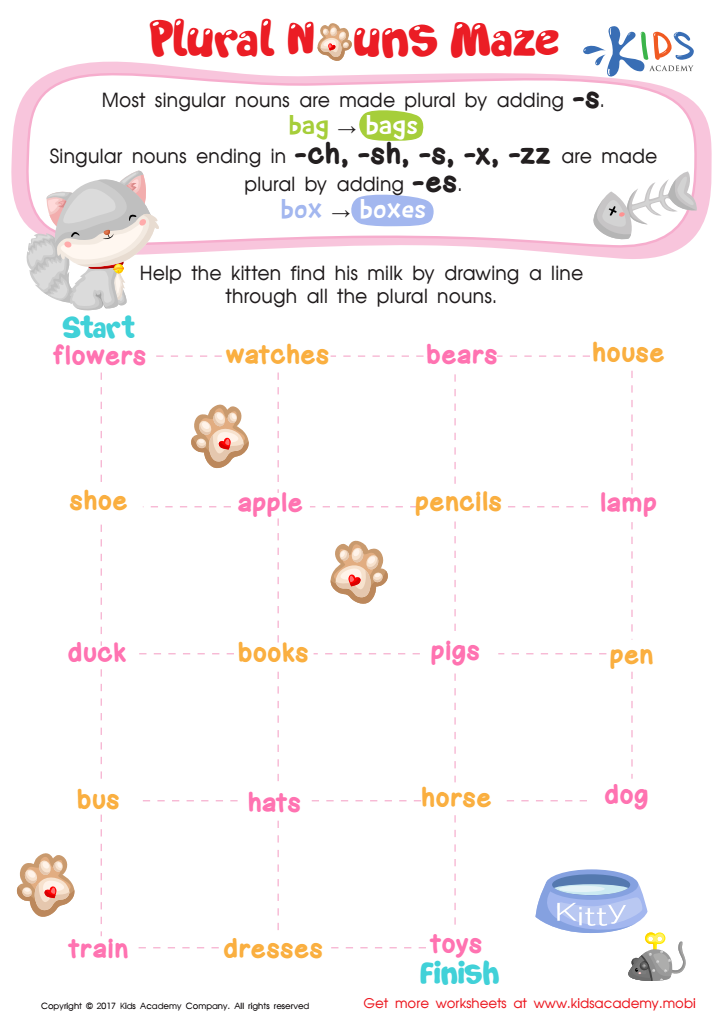

Plural Nouns Maze Worksheet
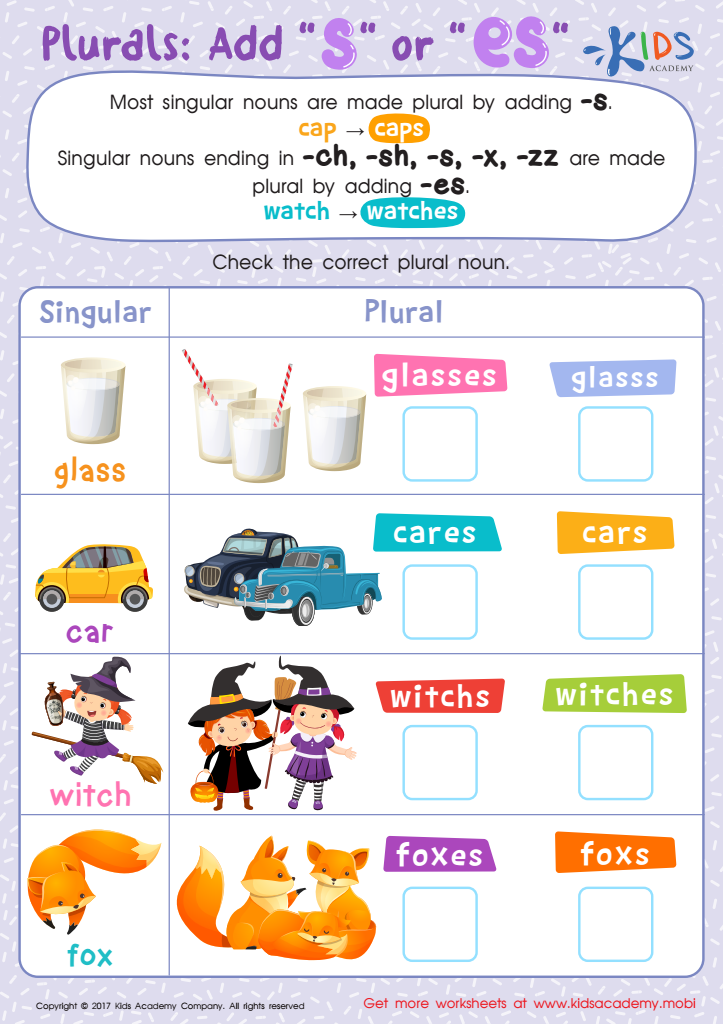

Plurals: "–es" or "–es"? Worksheet
Parents and teachers play a crucial role in early childhood education, and one important concept to grasp early on is the understanding of plurals. For children aged 4-6, grasping the idea of plurals—words that describe more than one item—lays a foundational stone for clear and effective communication. When children understand and correctly use plurals, they can describe the world around them more accurately, aiding in social interactions and boosting their confidence.
Furthermore, learning how to form plurals enhances young children’s linguistic abilities by expanding their vocabulary and understanding of language rules. This also supports future reading and writing skills. Early familiarity with these concepts means children will find it easier as language and grammatical rules become more complex.
Extra Challenge Writing tasks involving plurals push children to apply what they've learned. These activities promote critical thinking and allow the young mind to link practical writing with abstract linguistic concepts. Educators and parents should care about this because well-developed language skills, including the use of plurals, are essential for future academic success and effective communication. Knowing and using plurals correctly set the stage for lifelong learning and literacy, making these lessons fundamental to early education.
 Assign to My Students
Assign to My Students


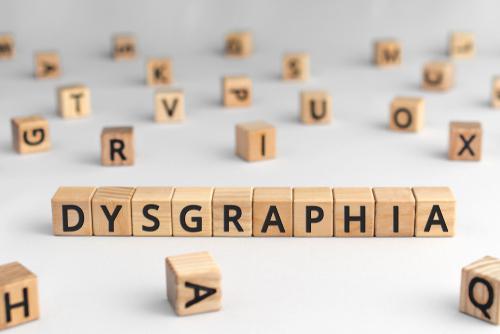
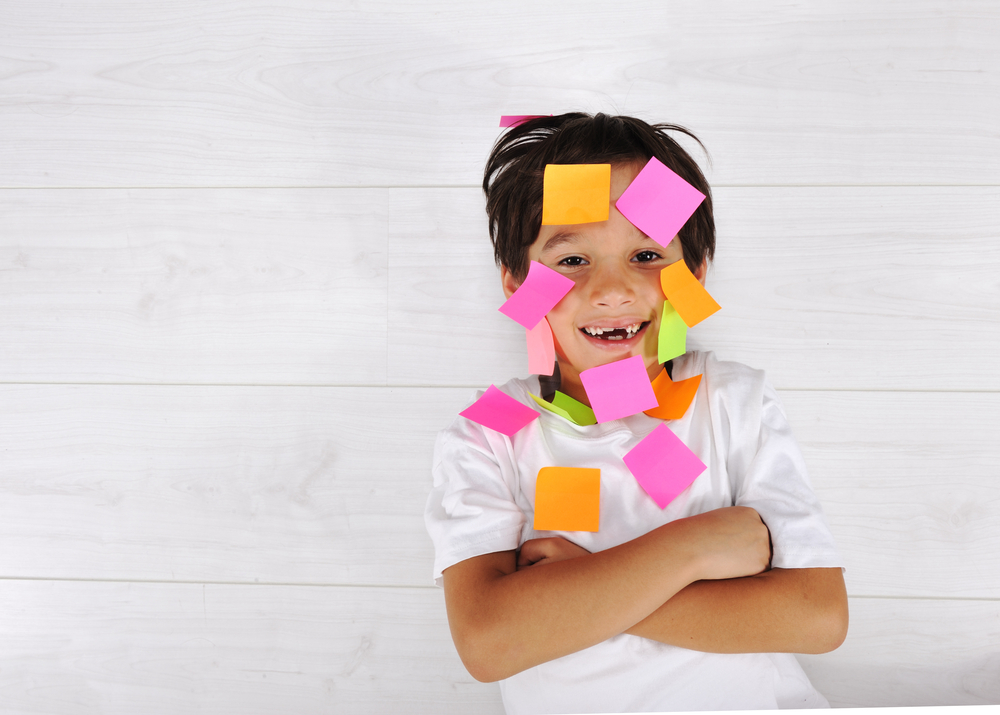
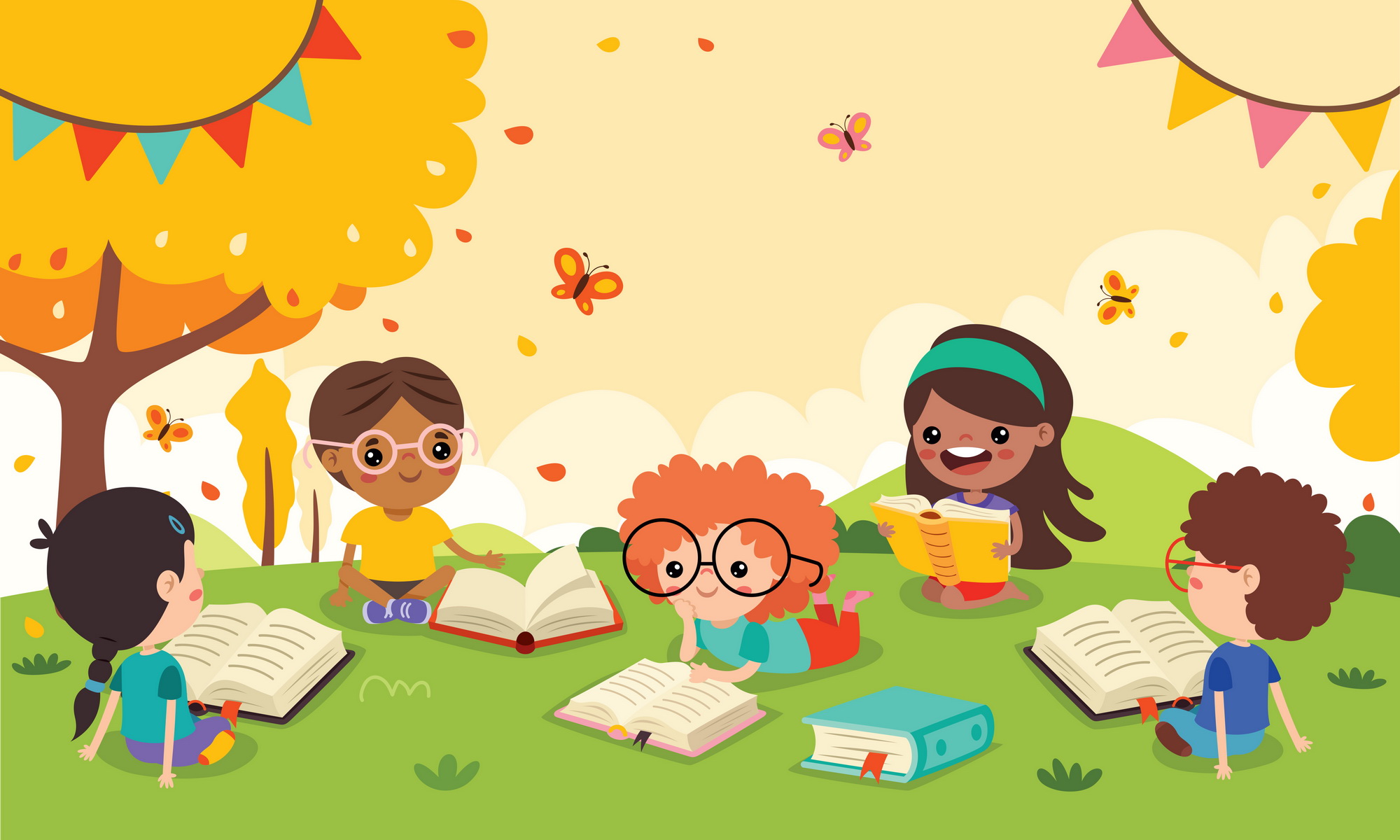


.jpg)

